Cagliari aspires to include people in their transition towards their big dream of becoming a sustainable city. Small actions such as the redevelopment of the Garden of Via Eroi d’Italia and the Garden of Via Vesalio brought communities closer together and enhanced the urban climate.
Introduction
One good practice of Cagliari is the 'Urban Green Plan', which was developed to make the city greener and is currently awaiting approval. It concerns the implementation of an urban green management plan providing for the interconnection between green and blue areas surrounding Cagliari, as well as the internal green areas. Another good practice, 'Creation of two new urban green areas', focuses on the implementation of an integrated green area project.
Objective
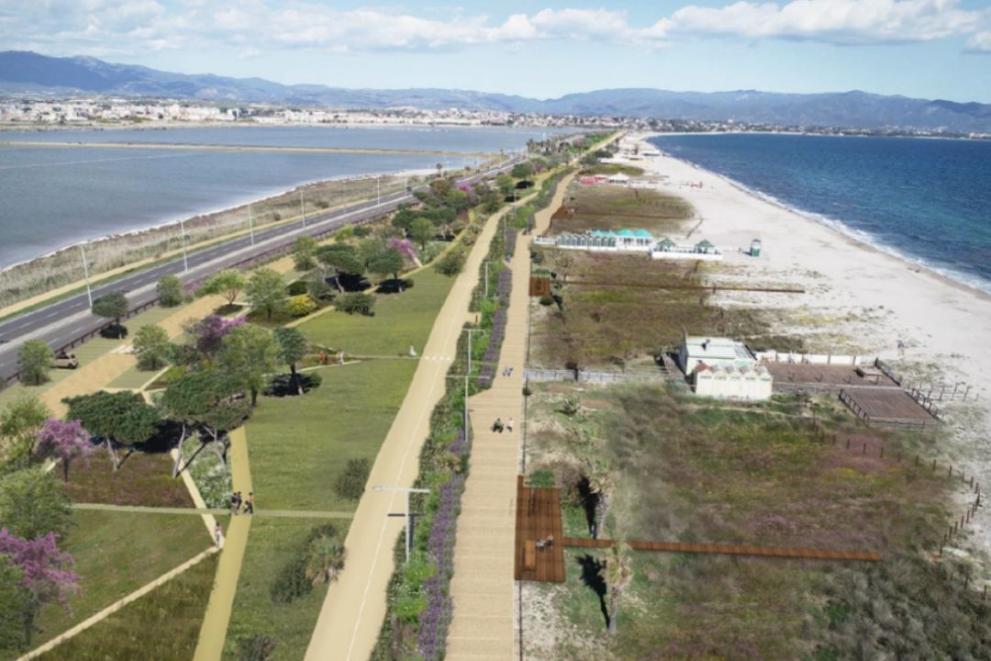
The Municipality of Cagliari was one of the first administrations in Italy to adopt a 'Green Plan' in 1996, which was subsequently revised and updated in 2006. The basic idea of the new 'Urban Green Plan' is the creation of a document that, while adhering to the guidelines of the 'Municipal Urban Plan', also provides rules for the realisation and management of urban green areas. In addition to regulating public green areas, the new plan also regulates the creation and management of private green areas. The changes to the Green Plan meet the population's changing sensitivity to green issues, such as:
- The greater need for open spaces that can be used by citizens
- The creation of spaces with reduced energy consumption
- The recovery of degraded and/or polluted areas
- The recovery of areas subject to soil sealing
- The protection of entomofauna
- The renewal of the tree heritage
- Green measures to mitigate climate change
- Compliance with changes in EU and national regulations
The main objective of the intervention is the redevelopment of areas for environmental and social purposes: thanks to the integration of soil desealing and water recovery, flooding phenomena in some areas have been drastically reduced. The projects, implemented in peripheral areas characterized by social hardship, also aim to promote social inclusion through the redevelopment of green spaces in the vicinity.
In the image an example is shown of the redevelopment of a green area in Cagliari.
Other objectives include:
- An increase in grassland and planting areas
- An increase in the number of shrubs that are fundamental for pollinating insects
- Implementation of low-water consumption irrigation systems with recovery of rainwater
- Installation of low energy consumption lighting systems and equipped (in one area) with a renewable energy production system
- Implementation of playgrounds and dog areas to increase social enjoyment
Description of the measure or plan
Cagliari developed the ‘Green Plan’, which will allow the integration between the widespread green areas inside the city and the large green and blue areas outside the city. The city already started with the implementation of green areas with a twofold intervention: on the one hand, through the adaptation of existing areas; on the other hand, through the recovery of degraded areas and the creation of new green areas, consistent with the standards that will then be mandatory when the 'Green Plan' is in effect.
These new green areas represent an example of the application of the new standards based on the principles of environmental, energy and social sustainability of the Municipality of Cagliari. Both interventions required approximately 6 months of work.
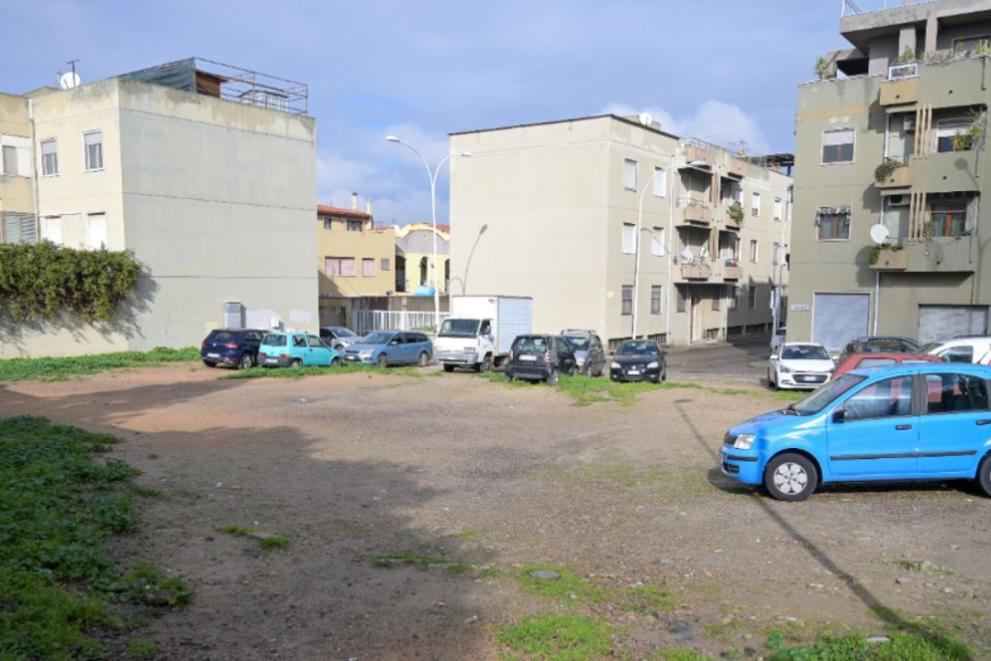
The Garden of Via Eroi d'Italia occupies an area of 900 square metres, previously used as an unauthorised parking area by residents, whose use for this purpose over several decades, had contributed to the sealing of the soil and making it impermeable to the heavy rains that poured onto the neighbouring asphalt roads. This, in turn, led to issues during adverse weather phenomena. This generated the desire to redevelop the area in the Administration, transforming it into a green space. In accordance with the Administration's wishes, several informal meetings took place with the resident population, who expressed their needs and requirements to the Administration's technical offices: new green spaces, equipped with children's games and relaxation areas, and trying to preserve parking spaces.

The Parks, Green and Wildlife Management Service collected the needs of the citizens and with them defined the project, enriching it in terms of sustainability by:
- The laying of 200 square meters of turf with reduced water requirements and a high-resistance synthetic turf in the play and relaxation area
- The installation of energy-saving LED lighting, through 4 large lights and 8 small floodlights
- The perimeter supply of trees, shrubs typical of the climatic area and with reduced water requirements
- The supply of flower essences that favour pollinating insects
- The installation of a highly water-saving sub-irrigation system, connected to a telematic water loss detection system and equipped with sensors that monitor the degree of imbibition of the soil for water supply
- The creation of 20 stalls for traditional and sustainable mobility vehicles, with paving in draining material
- A water fountain was installed in the play area, and the installed toys include between 30% and 50% recycled plastic
- Finally, the garden was embellished with an aesthetic intervention, thanks to the creation of a decorative mural occupying the entire façade of the building above, by the international street-artist ManuInvisible
The Parks, Green and Wildlife Management Service collected the needs of the citizens and with them defined the project, enriching it in terms of sustainability by:
- The laying of 200 square meters of turf with reduced water requirements and a high-resistance synthetic turf in the play and relaxation area
- The installation of energy-saving LED lighting, through 4 large lights and 8 small floodlights
- The perimeter supply of trees, shrubs typical of the climatic area and with reduced water requirements
- The supply of flower essences that favour pollinating insects
- The installation of a highly water-saving sub-irrigation system, connected to a telematic water loss detection system and equipped with sensors that monitor the degree of imbibition of the soil for water supply
- The creation of 20 stalls for traditional and sustainable mobility vehicles, with paving in draining material
- A water fountain was installed in the play area, and the installed toys include between 30% and 50% recycled plastic
- Finally, the garden was embellished with an aesthetic intervention, thanks to the creation of a decorative mural occupying the entire façade of the building above, by the international street-artist ManuInvisible
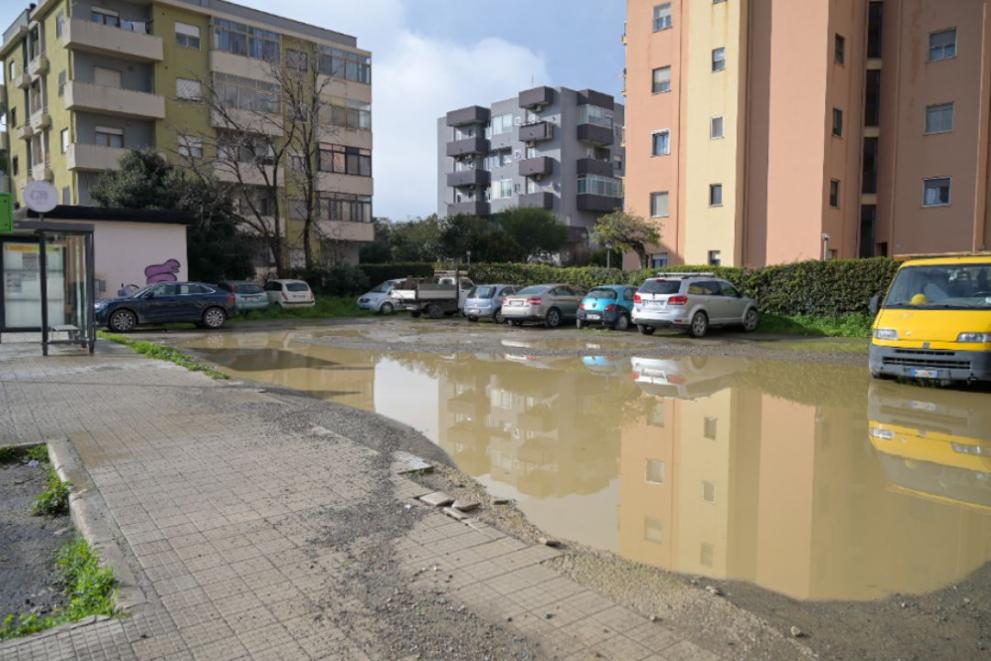
A comparable intervention was carried out in the Garden of Via Vesalio, however there were some differences. The area in Via Vesalio measures approximately 550 square meters, which was also previously used as an unauthorised car park and whose surface area was desealed. In defining the project, the administration involved the resident population and took on board the needs that emerged.
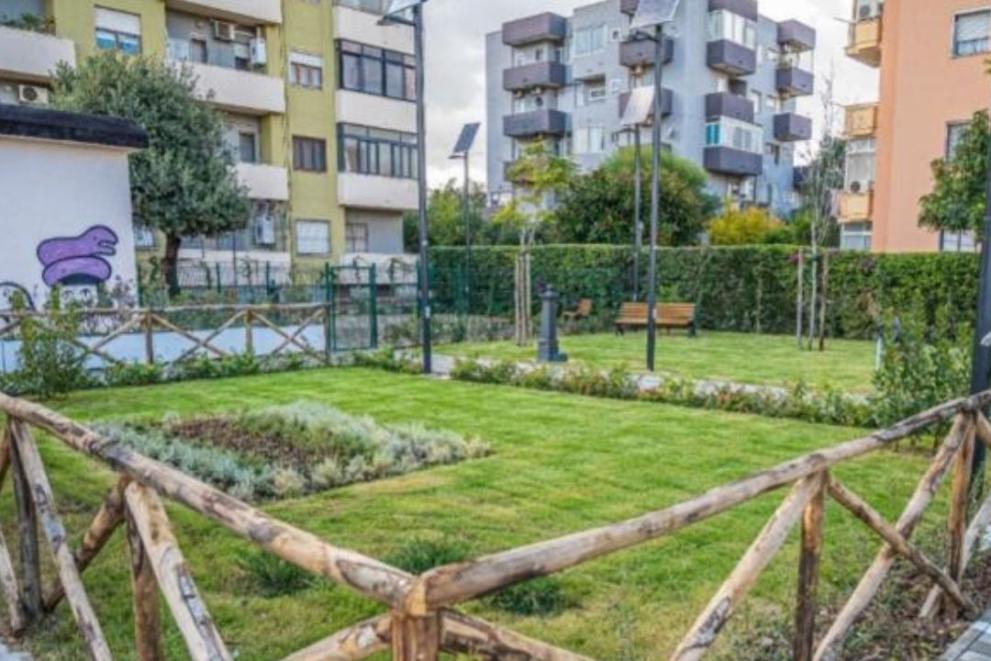
The project saw the creation of:
- Two grassy areas with 200 square meters of rustic turf with reduced water requirements, equipped with 1 fountain and enriched with plantings typical of the climatic area
- Shrubs
- Decorative essences to encourage pollinating insects
- The energy-saving LED lighting system is powered by 5 photovoltaic panels that guarantee energy independence
- The system is in any case connected to the public grid in case of malfunction
- The sub-irrigation system reduces waste and is connected to sensors that detect any water loss and supply water according to the degree of imbibition of the soil
- The system is also connected to a recovery and filtering system for rainwater from the adjacent car park
- The car park, which houses 12 stalls for traditional and sustainable mobility, was built with draining paving that channels rainwater to underground storage tanks
- A small dog area with 1 water fountain has been created
Challenges
The biggest challenge was obtaining residents' acceptance of parking reduction, however the feedback from the citizens has been extremely positive, as the administration has received similar requests for action in other areas of the city.
Benefits
From the social point of view, the intervention allows greater integration of the population, limiting the 'ghetto' effect that characterises suburban areas: in this sense, the creation of a play area and a neighbourhood dog area facilitates neighbourhood socialisation. At the level of social security, two areas previously lacking in lighting have been made usable and fully illuminated. At the level of biodiversity, considering the small size of the intervention areas, the only possible intervention was the planting of shrubs and essences that favour the attraction of pollinating insects.
From a financial point of view, the interventions were financed by the Administration's resources: the choice was made to invest in technologies with low consumption (subirrigation water systems, LED lamps, planting with low water requirements) and capable of self-sustaining (lighting powered by photovoltaic panels and rainwater recovery). The positive impact on air quality through these two green areas replacing unauthorized parking spaces is evident. In quantitative terms, the planting of these areas is estimated to result in an additional production of approximately 40.50 tonnes/year of oxygen and the absorption of 115 tonnes/year more carbon dioxide.
Learning points and recommendations
The Via Eroi d'Italia and Via Vesalio projects, preceded by the Via Giotto pilot project, set new technological and environmental standards and stand as precursors of future city interventions in this field. Cagliari would recommend that other cities start similar types of interventions in neighbourhood gardens combined with interventions in large parks. Here, Cagliari says it is key to actively consult the citizenry and especially neighbouring residents.
Currently, various other interventions under the Green Plan are underway and to be completed this year: 24 green areas, 52 school gardens and 9 play areas will be redeveloped. Another work that is planned is the creation of a 20,000 square meter area used as an exchange car park with forestation work. All these intervention projects stimulate participation from citizens and aspire to move from making citizens conscious, to active regarding achieving sustainability. The citizens are very positive about these regreening projects and participation is high: After all, a big dream is achieved by small actions.
For more information and guidance to restore urban nature, visit the Urban Greening Platform webpage.
Good Practices 2023

Discover how Velenje Reuse Centre reduces waste, creates green jobs, and fosters a circular economy by refurbishing and selling second-hand items, making a positive impact on the environment and the community.
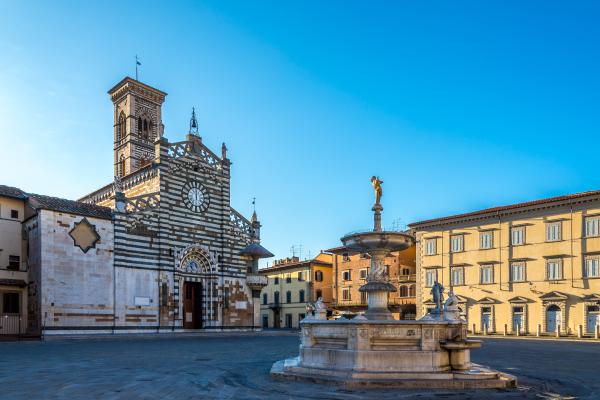
This good practice aims to enhance green space, recreational activities, and host cultural events, while restoring the area’s historical significance.
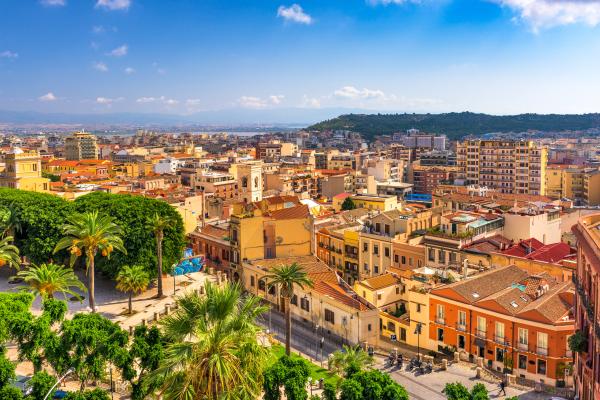
Cagliari aspires to include people in their transition towards their big dream of becoming a sustainable city.
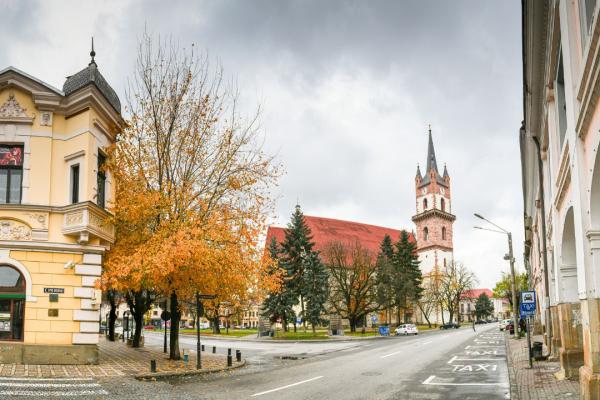
Bistriţa is actively monitoring indoor and outdoor air quality since 2021, as part of the local sustainable mobility campaign "Bistriţa, Zero Carbon City"
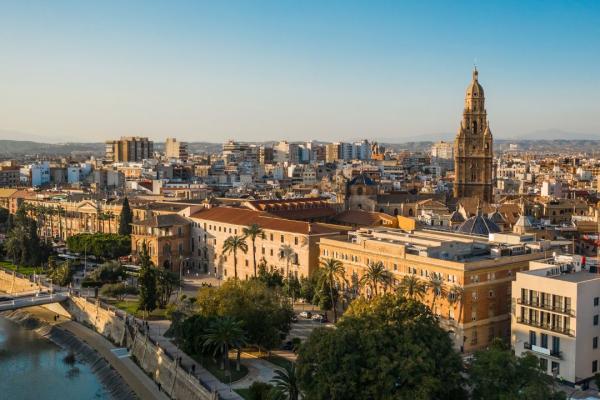
Murcia’s LIFE ENRICH project implements a circular economy approach in wastewater treatment.

Krakow aimed to increase public interest in the climate crisis, gather ideas on energy efficiency and derive collaborative recommendations for city actions.
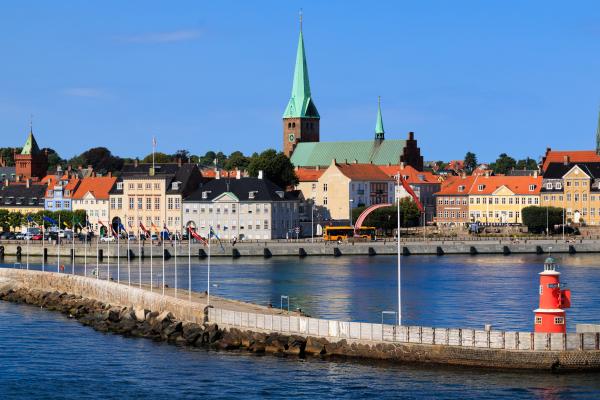
Elsinore captures the attention of visitors by showcasing local and sustainable businesses on their GoGreen card.
